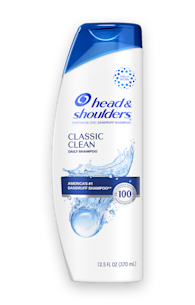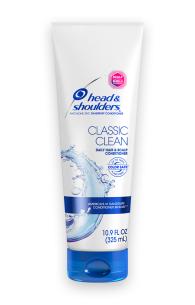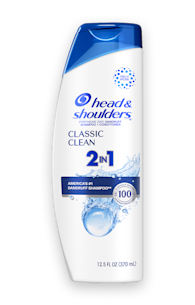ARE YOU WORRIED ABOUT OILY, YELLOW DANDRUFF?

If you see flakes in your hair you might immediately think it’s dandruff. But the color of the flakes can tell you a lot about the health of your scalp. So, what does it mean if you notice yellow flakes?
Flakes are produced when your scalp is irritated. It starts to shed skin more rapidly than usual in an attempt to get rid of skin irritation. This results in skin cells coming off in clumps – or what you might call flakes.
A lot of conditions can cause scalp irritation, dandruff being a well-known culprit, but it’s important to accurately identify the problem to make sure the treatment’s long-lasting. So, let’s start by taking a closer look at those flakes.
What kind of flakes are they?
It might not sound like the most fun thing to do, but take a close look at your flakes and really focus in on the color.
White flakes. If the flakes are dry, white or lightly colored, chances are it’s a symptom of dandruff.
The good news is, treatment’s easy! Just swap your regular shampoo for Head & Shoulders Classic Clean Shampoo and use it at every wash, for 2 weeks and your flakes should disappear.
You can keep using Head & Shoulders shampoo regularly as part of your routine to prevent dandruff returning. If the flakes are still there after 2 weeks, have a look at our scalp conditions article to help you figure out what’s causing them.Yellow flakes. If you have heavy flaking that appears oily and yellow, you could have seborrheic dermatitis. Its symptoms present like a severe case of dandruff. You might experience a tender scalp, oiliness and lots of stubborn flakes which don’t go away with typical dandruff shampoos.







